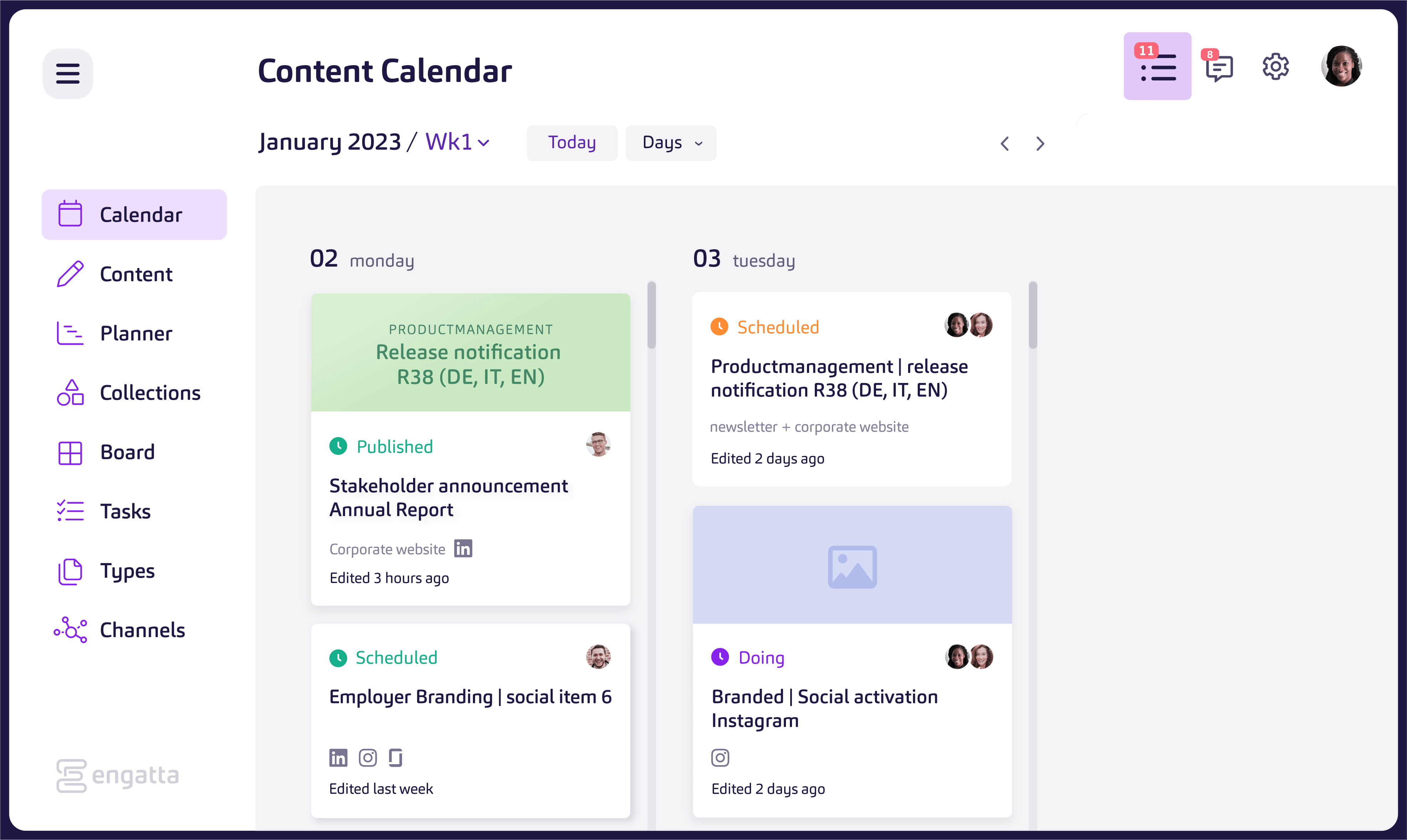Smooth Content Operations: How to Find Your Way in the Tech Territory
.png) Mirjam Reijnen
Mirjam Reijnen

The final piece in our blog series is about delivering top-notch content with a structured approach and within your budget.
When it comes to smooth content operations, technology should collaborate seamlessly with people and processes. Yet, it's worth acknowledging that the tech landscape can be challenging to navigate. This blog is your friendly guide through the intricate tech territory, designed to assist content experts in their exploration.
Delivering top-notch content in a professional organization isn’t a straightforward task. As a content director, you manage many channels and dozens of content professionals throughout your organization. As a content editor, you also must find your way and role.
Navigating challenges becomes smoother with streamlined content operations. Central to this journey is the blend of effective people management and reliable content processes, as discussed in our previous blogs. Technology completes this trilogy. It can help you strategically plan, create, manage, and analyze your content operations.
The Complex Tech Territory
However, there are also a couple of tech hurdles you've got to clear. The landscape of content channels and formats continues to expand, and the involvement of numerous stakeholders in your tech stack adds complexity. Managing multiple teams, content repositories, distribution channels, and diverse product and service lines has become a delicate balancing act for business organizations.
The solution seemed straightforward in the past – invest in a headless CMS, design systems, and structured content to enhance consistency and efficiency across the entire organization and its digital channels.
But the current landscape differs. Content teams now opt for an array of smaller tools, often sourced from various vendors, rather than relying on one comprehensive system.
Why the change of heart? Well:
- More digital publishing platforms are out there than 5 to 10 years ago.
- The digital scene has exploded with formats – podcasts, newsletters, you name it – and each wants its own set of tools.
- Digital publication requires more than just a (headless) content management system. It would be best if you had analysis tools, a digital asset management platform, and marketing automation tooling as well.
Yet, despite these evolving needs, no single software vendor has demonstrated the capability to provide all or nearly all these tools to the market with the required level of quality.
Where does this leave you?
We are not here to tell you what your tech stack should look like. In fact, we understand that organizations have cultivated their unique technological ecosystems over the years. Legacy systems cannot be modified overnight, and other tools have been carefully chosen, each serving a specific purpose and integrating into your workflow seamlessly.
Instead of telling you what your tech stack should look like, we will give you two tips. The first to ensure you keep your tech stack in mind occasionally. The second to help you with a unified overview despite all the people and tools you work with.
1. Regularly audit your tech stack
As your business evolves, so do its demands. The once-perfect tools might not be the best match anymore. Or perhaps it's time to explore fresh solutions that align with your growing needs. A regular audit may help your organization save money and help your colleagues get the most out of their technology.
Is your tech stack up-to-date?
Even if you have a carefully audited tech stack, some challenges still exist.
Thanks to your people management and solid content processes, your teams excel within their silos. However, delivering content seamlessly across multiple channels becomes a daunting task. The need for a unified overview becomes apparent: who is working on what? How do we synchronize efforts? And crucially, how do we secure approvals from departments like legal before publication?
The complexity of these questions underscores the significance of having a comprehensive overview of your content processes, and that is why we have invited our software, Engatta, into this blog as tip number two.
2. Empower content teams with Engatta
Engatta is designed to empower your editorial teams, copywriters, content designers, and digital content developers within organizations.
Rather than asking you to abandon your trusted companions, Engatta steps in to be the thread that weaves your tech stack into a cohesive tapestry. It acts as a connective tissue, facilitating collaboration among your existing tech arsenals. We believe grip is the key to timely and quality content delivery. But here's the beauty of it—Engatta doesn't confine you to its platform. It understands that each tool has its purpose. If an Instagram reel is on your to-do list, Engatta respects that specialized tools exist for the job.
So, fear not, for Engatta is not a disruptor; it’s the harmonizer that ensures your well-established tools work in concert to elevate your content operations.

Curious about what Engatta can bring to your tech stack and content team? We get it. Feel free to get in touch with us to unravel the possibilities.



